

All Stories by Kathryn Hulick
-
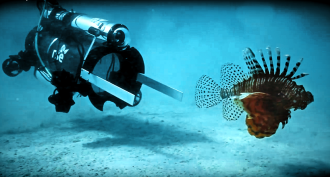 Tech
TechUnderwater robot vacuums up lionfish
Lionfish damage coral reefs in the Atlantic Ocean. A new underwater robot hunts, stuns and captures the bullies with help from a human operator.
-
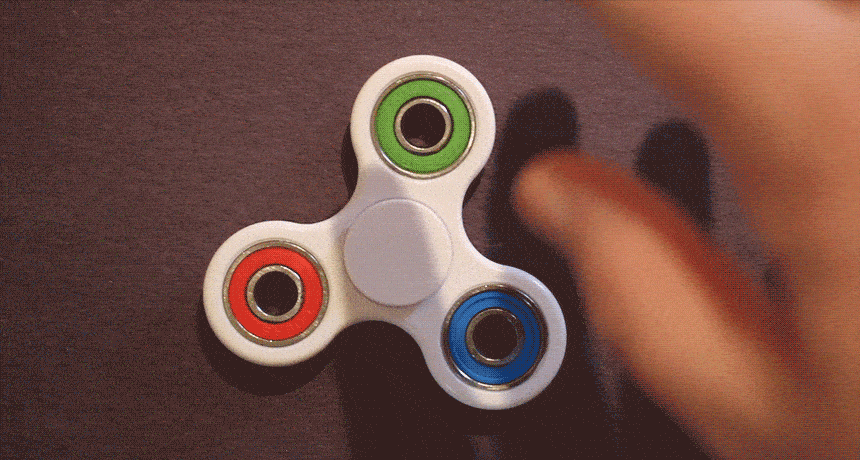 Health & Medicine
Health & MedicineAre fidget spinners tools or toys?
Fidget spinners are all the rage. Therapists say toys such as these can help some kids calm down and pay attention.
-
 Chemistry
ChemistryCool Jobs: Counting calories
Do calories count? A nutrition label doesn’t tell the whole story. Meet three researchers working to shed light on the complex connections between food and health.
-
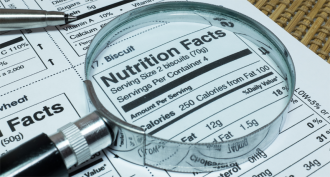 Health & Medicine
Health & MedicineExplainer: All about the calorie
Calories are a measure of how much energy is in a food. But when it comes to powering our bodies, not all calories are equally available to the body.
-
 Health & Medicine
Health & MedicineJust viewing super-size meals can promote overeating
Large portions of food dampen activity in a brain area involved in self-control, a new study shows.
-
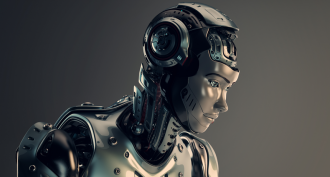 Tech
TechTeaching robots right from wrong
Robots of the future will face tricky dilemmas. Researchers are working on tools to help robots make the right choices and keep people safe.
-
 Health & Medicine
Health & MedicineEarly birds eat better
People who love mornings tend to eat healthier food throughout the day. This could help explain why night owls tend be less healthy overall.
-
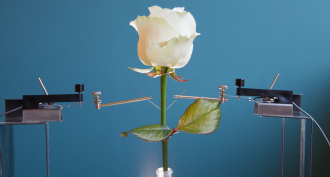 Tech
TechWired and weird: Meet the cyborg plants
By mixing electronics with greenery, engineers have made plants that conduct electricity, detect bombs and send email.
-
 Health & Medicine
Health & MedicineCould toothpaste give heart disease the brush-off?
Brushing with a toothpaste that dyes plaque green encourages people to remove more of it. This also lowered inflammation, which may cut someone’s risk of heart disease.
-
 Health & Medicine
Health & MedicineZombies are real!
Some parasites worm their way into other creatures’ brains and alter their victims’ behavior. Meet zombie ants, spiders, cockroaches, fish and more.
-
 Brain
BrainCool Jobs: Video game creators
Meet an engineer who worked on StarCraft II, an expert building a new kind of reality and a neuroscientist who uses games as brain therapy.
-
 Tech
TechOne day, computers may decode your dreams
Scientists are learning how to translate brain activity into words and thoughts. This may one day allow people to control devices with their minds.